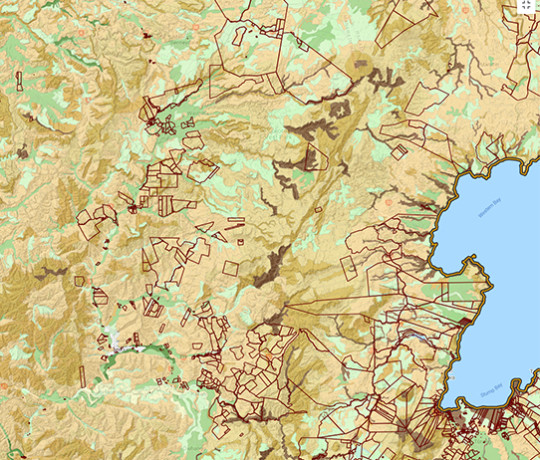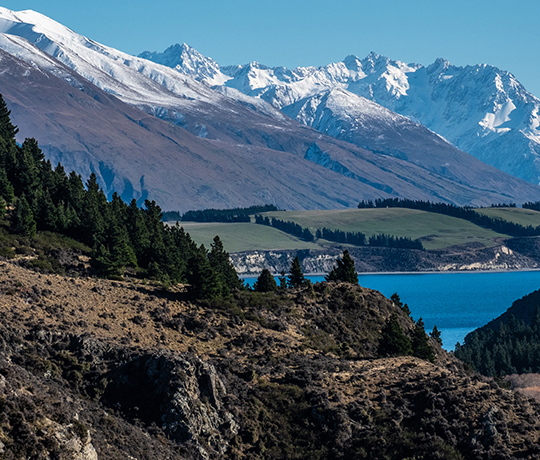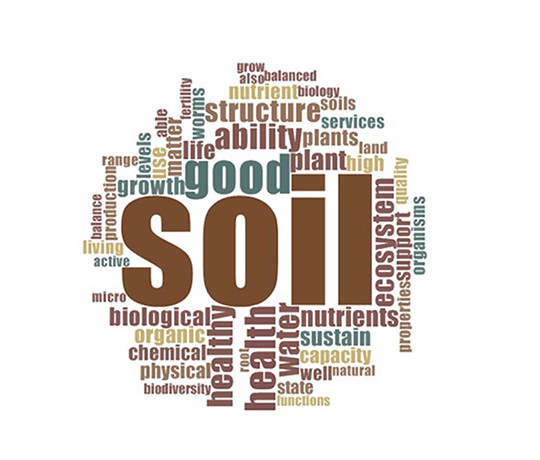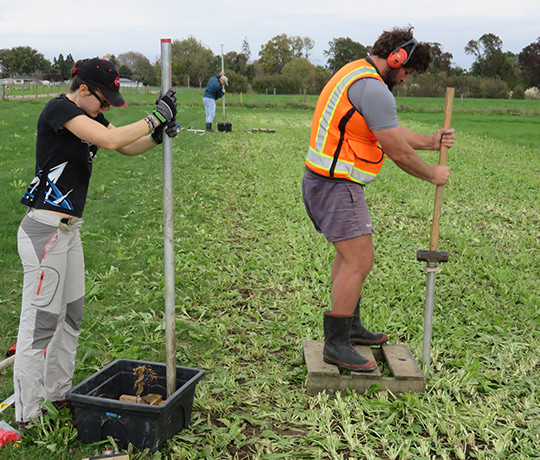TeAo Māori: relationships with soil
Aotearoa New Zealand has had a long history in understanding and valuing its soils, and it is important to recognise the depth and richness of Māori knowledge / Te Ao Māori that existed before colonisation and modern science.
We hope this section will generate some interest among the soil science community in understanding Māori–soil relationships, and the role these relationships could play in safeguarding and managing our precious soils for the future.
Māori have had a long connection with and understanding of soil, reaching back centuries to Polynesian migration. The knowledge (mātauranga Māori, mōhiotanga, māramatanga, tohungatanga) is ancient, traditional, and historical, as well as contemporary. Soils have provided cultural, spiritual, social, emotional, and economic sustenance to Māori (Asher & Naulls 1987; Harmsworth 2020; Hutchings & Smith 2020). The interconnections arise from whakapapa (ancestral lineage, layering) and start with the time of creation from the separation of the primordial parents, Papatūānuku (the earth mother), Ranginui (the sky father), and the emergence of light and reality (TeAoMarama) as a dwelling place for humans, ecosystems, flora and fauna (Buck 1950; Harmsworth & Awatere 2013).
There are over 100 traditional Māori names for soil, and most parts of the landscape are described in detail (Best 1925 Harmsworth & Roskruge 2014a,b; Roskruge 2020; Proctor & Harmsworth 2020), with many descriptors (e.g. for degrees of wetness, stoniness, texture, colour).
Māori modified soils or Māori plaggen soils are extensive throughout Aotearoa-New Zealand (Best 1925; Singleton 1988; Harmsworth & Roskruge 2014a,b). Māori brought many warm tropical climate crops (e.g. taro, uwhi or yam, hue-gourde) to Aotearoa, and needed to manage the soils in the more temperate, colder climate in order for crops to grow well. Evidence of soil modification includes features such as re-deposited mixtures of sand and gravel; stones; shell fragments; middens; natural fertilisers, seaweeds, wood/ash and charcoal from fires; garden walls, terraces, and mounds; relative levels of organic matter and effects from mulching or burning; garden implements such as the wooden kō used for digging, garden pits; and structures for storage.
Asher G, Naulls D 1987. Māori land. Planning paper No. 29. Wellington: NZ Planning Council.
Best E 1925 (reprinted 1976). Māori agriculture: the cultivated food plants of the natives of New Zealand: with some account of native methods of agriculture, its ritual and origin myths. Dominion Museum Bulletin No. 9. Wellington: AR Shearer, Government Printer. 315 p.
Buck P (TeRangiHiroa) 1950. The coming of the Māori. 2nd edn. Wellington: Māori Purposes Fund Board/ Whitcombe & Tombs. 551 p.
Find out about the physical characteristics, constraints and potential of the whenua Māori
https://whenuaviz.landcareresearch.co.nz/
Visit our programme website on 'Soil health and resilience: oneone ora, tangata ora' representing a coming together of Māori philosophical, epistemological and kaupapa Māori based knowledge and perspectives with those of science.



